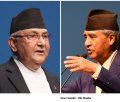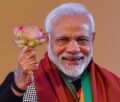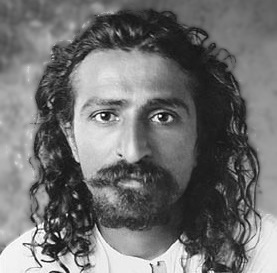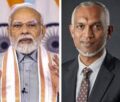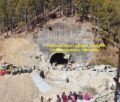Adi Shankaracharya set the right tone for Hinduism
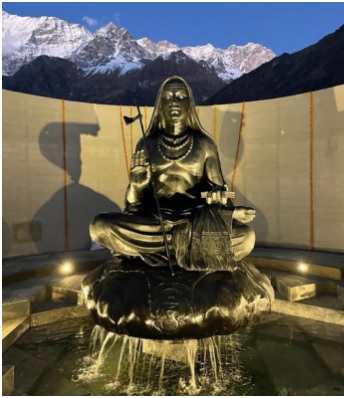

by Hari Jaisingh The teachings of Adi Shankaracharya – the eighth century exponent of Advaita Vedanta – came alive recently when a majestic statue of the scholar was unveiled in Kedarnath. A legendary character, Shankara was born in a village named Kaladi, situated on the banks of the Periyar in Kerala. He belonged to a poor Brahmin family. Shankara left home at the age of 12, prompted by an inner desire to seek higher knowledge. His quest for the supreme truth led him to travel through India, and finally, to Kedarnath, where he attained samadhi at the age of 32.
Shankara was once caught by a crocodile while taking bath in the Periyar. He told his mother that the crocodile would let go of him if she would allow him to take sannyasa. Shankara’s mother reluctantly agreed to his plea, and that was the beginning of a new chapter in his life. In his short lifespan, he visited well-known spiritual centres from Kanchipuram to Kamrup (Assam), Kedar and Badri Dham. He is believed to have debated with tantriks in Srinagar. Shankara established four mathas in Sringeri, Dwarka, Puri, Joshinath (Vishnuprayag) for the spread of Advaita Vedanta.
In another legend, the young Shankara is said to have visited a poor Brahmin household. The woman of the household fed him dried gooseberry, the only food that she could offer. Shankara was deeply moved by the lady’s selflessness and for whole-heartedly giving away all that she had. From this feeling of gratefulness emerged a soulful hymn from him in praise of Goddess Lakshmi, whom he prayed to for shining her grace on the poor lady. That is the story of how Shankara composed the Kanakadh?ra Stotram.
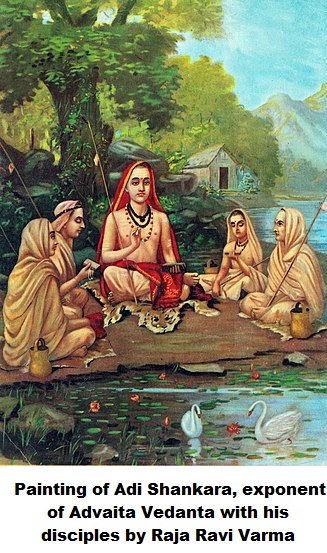
Shankaracharya’s supernatural powers came to light when he visited a learned couple, Mandana Mishra and his wife Ubhaya Bharati, in Mithila, Bihar. Mishra was as brilliant as Shankara, and as deliberations between the two scholars followed, Bharati was made moderator. She declared that Shankaracharya, who had internalised his wisdom, had prevailed over her husband. She, however, challenged Shankara and said that complete Vedic wisdom was not possible if he did not have a grasp of kamashastra, the sensual arts. Shankara was a celibate, which was a stumbling block for him to gain knowledge of kamashastra. However, Adi Shankaracharya performed parakaya pravesha– the yogic technique of leaving body without dying and entering another without being born. He entered the body of a dead King named Amaruka and through his body learned kamashastra and Ubhaya Bharati declared him the greatest Vedic scholar.
Adi Shankaracharya has achieved unique status on his own in the high tradition of Advaita Vedanta. He travelled all over India to spread the study of the Vedas. His great tradition is derived from his commentaries of the prasthanatrayi– the three primary sources of Vedanta philosophy – the Upanishads, the Brahma Sutra and the Bhagavad Gita – in which he explains Advaita Vedanta.
Advaita Vedanta is a non-dualistic school of thought, which believes that there is only one supreme truth and that is Brahman. Brahman is neither God, nor the creator but beyond. Shankara believed that the purity and steadiness of mind is achieved in Yoga as an aid to gaining the supreme truth. However, such state of mind cannot in itself give rise to such wisdom, and for Shankara, Brahman can only spring from inquiry into the teachings of the Upanishads.
There is no denying the fact that Shankaracharya was one of the greatest minds in understanding the essence of Hinduism. For this, he undertook never-ending quest for the ultimate truth. His is a fascinating story of exploration in the quest for non-duality. One of Shankara’s main concern was defending the liberating knowledge of the Self and the Upanishads as an independent means of knowledge against the ritually-oriented school of Hinduism. Herein lies the uniqueness of Shankara’s philosophy.
The philosophy of Adi Shankaracharya can be summed up in the following verse:
“Brahma Satyam Jagat Mithya Jivo Brahmaiva Na Aparah”.
This means that there is only one supreme reality, which is Brahman; the world is not real and the individual is no different from Brahman. All differences and plurality are illusions. In Hinduism, life is a constant exploration of the inner self. This is the essence of the life, work and legend of Adi Shankaracharya. Hinduism today is in a disarray and has witnessed the rise of intolerance. Let us imbibe Shankaracharya’s genius and re-establish our true traditions.
-
Book Shelf
-
 Book Review
DESTINY OF A DYSFUNCTIONAL NUCLEAR STATE
Book Review
DESTINY OF A DYSFUNCTIONAL NUCLEAR STATE
- Book ReviewChina FO Presser Where is the fountainhead of jihad?
- Book ReviewNews Pak Syndrome bedevils Indo-Bangla ties
- Book Review Understanding Vedic Equality….: Book Review
- Book Review Buddhism Made Easy: Book Review
- Book ReviewNews Elegant Summary Of Krishnamurti’s teachings
- Book Review Review: Perspectives: The Timeless Way of Wisdom
- Book ReviewNews Rituals too a world of Rhythm
- Book Review Marx After Marxism
- Book Review John Updike’s Terrorist – a review
-
-
Recent Top Post
-
 Commentaries
Impasse over BRI Projects in Nepal
Commentaries
Impasse over BRI Projects in Nepal
-
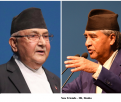 CommentariesNews
Yet another Musical Chairs in Kathmandu
CommentariesNews
Yet another Musical Chairs in Kathmandu
-
 CommentariesTop Story
Spurt in Anti-India Activities in Canada
CommentariesTop Story
Spurt in Anti-India Activities in Canada
-
 NewsTop Story
Nepal: Political Stability Under Threat Again
NewsTop Story
Nepal: Political Stability Under Threat Again
-
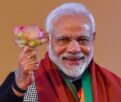 NewsTop Story
Accountability Tryst With 2024 Ballot….
NewsTop Story
Accountability Tryst With 2024 Ballot….
-
 NewsTop Story
What Would “Total Victory” Mean in Gaza?
NewsTop Story
What Would “Total Victory” Mean in Gaza?
-
 CommentariesTop Story
The Occupation of Territory in War
CommentariesTop Story
The Occupation of Territory in War
-
 CommentariesTop Story
Pakistan: Infighting in ruling elite intensifies following shock election result
CommentariesTop Story
Pakistan: Infighting in ruling elite intensifies following shock election result
-
 CommentariesTop Story
Proforma Polls in Pakistan Today
CommentariesTop Story
Proforma Polls in Pakistan Today
-
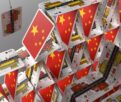 CommentariesTop Story
Global South Dithering Away from BRI
CommentariesTop Story
Global South Dithering Away from BRI
-
AdSense code



